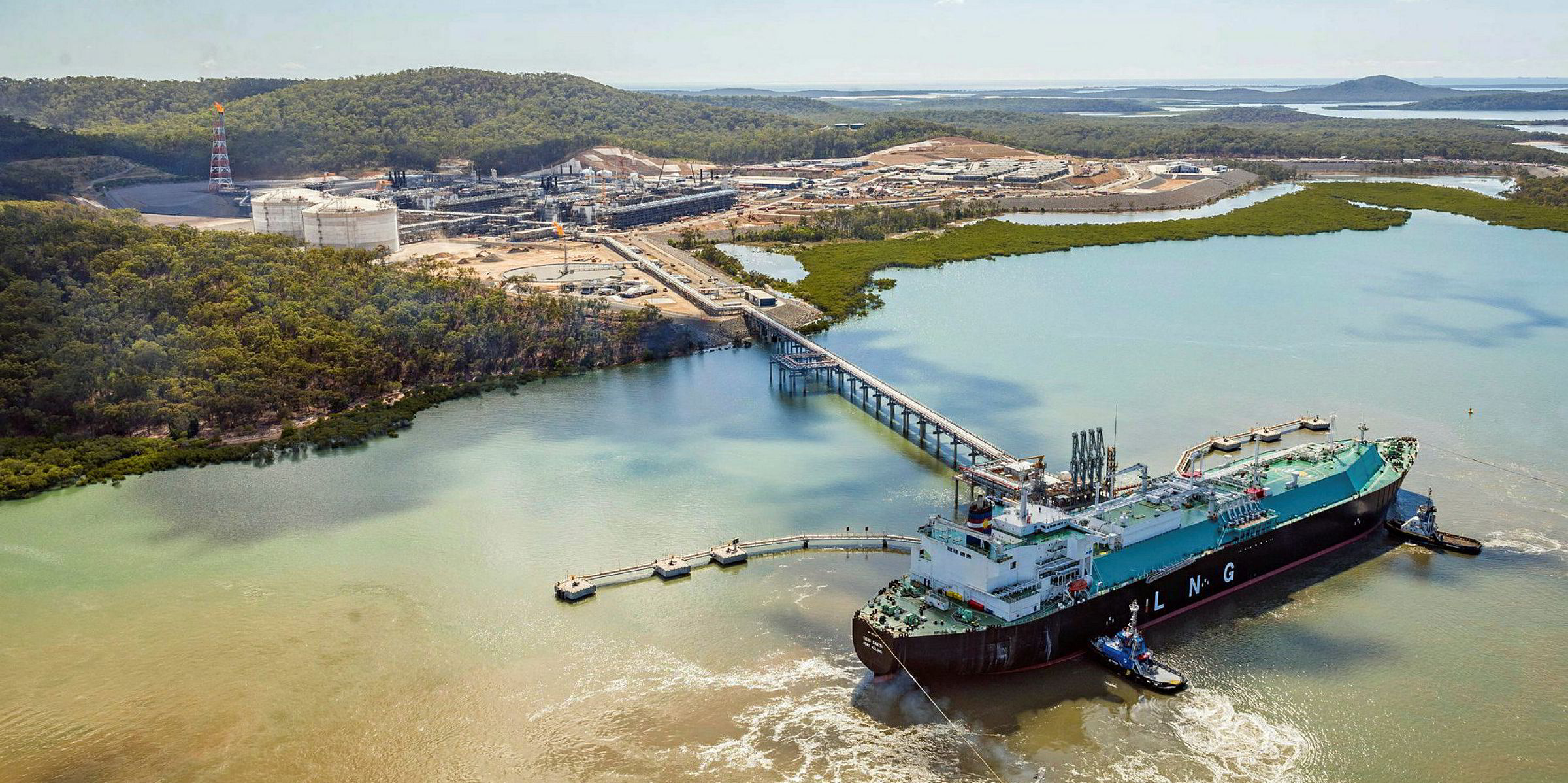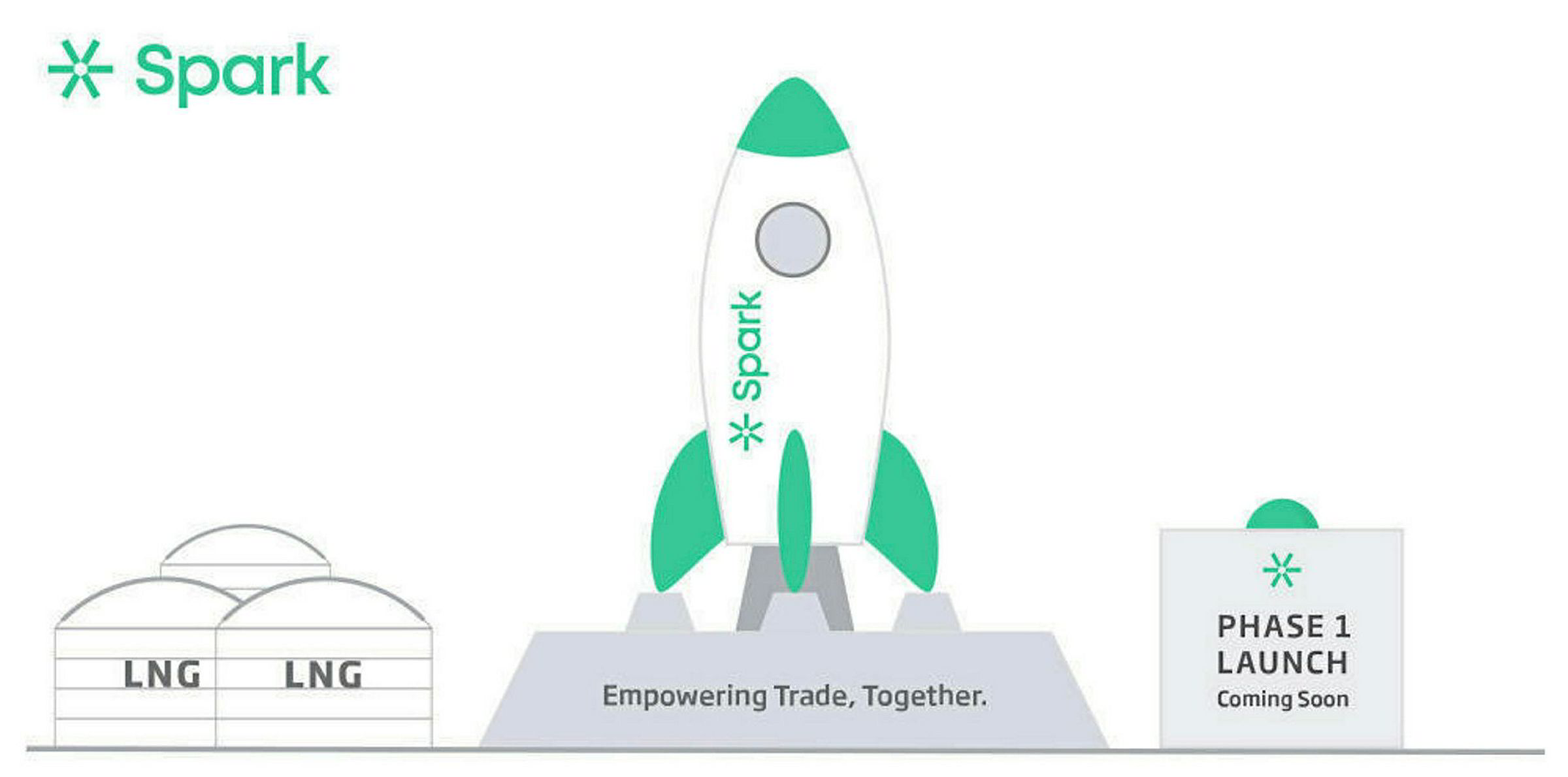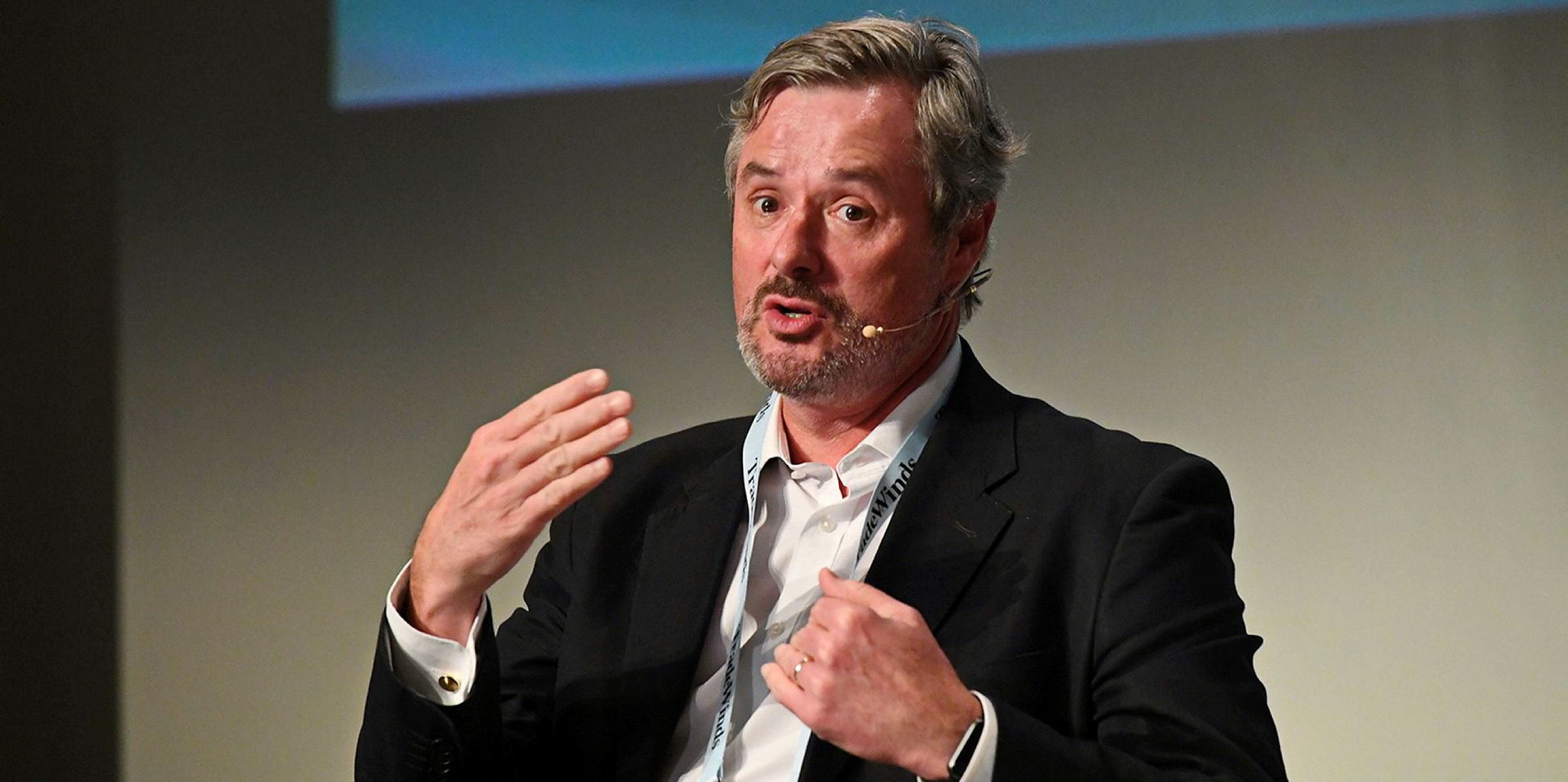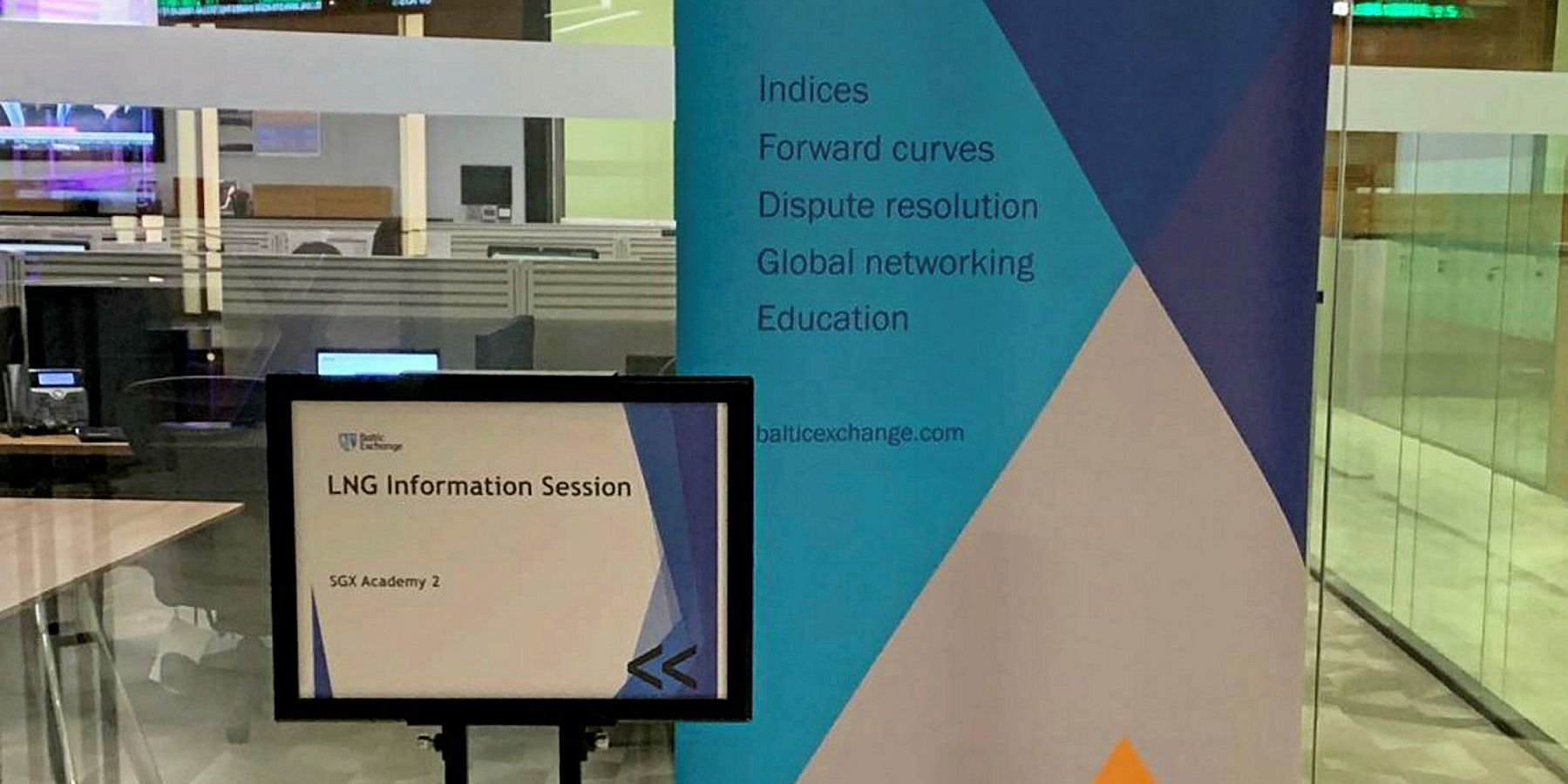An influx of fresh LNG volumes, low gas prices, plus the emergence of new players and ships is galvanising an already growing spot market and igniting demand from charterers for tools that will allow them to hedge their freight risk.
In less than two years, London’s Baltic Exchange has gone live with its first three LNG indices, while other potential providers are talking up alternative platforms to meet this emerging demand.
Freight swap
Two months ago, Baltic LNG panellist Affinity (Shipping) revealed it had arranged the first LNG freight swap settled against Baltic Exchange LNG spot assessments in over-the-counter trades between Total Gas & Power and trader Glencore.
Baltic Exchange chairman Mark Jackson has seen the scenario of a growing spot market and a desire to benchmark freight exposure play out in other shipping sectors but says momentum is now picking up in the LNG arena.
“LNG is something that shipping and the wider community understand but it is important to remember it is an emerging market in terms of spot [trading],” Jackson says.
The Baltic started its work on LNG in early 2018, appointing four brokers as panellists in its quest to come up with the first indices for the trade.
There have been bumps along the road in defining the routes. BLNG2 started life as a Persian Gulf-to-South America voyage with a cyclical twist but was later suspended and redefined as a US-to-UK route, resulting in it emerging after BLNG3.
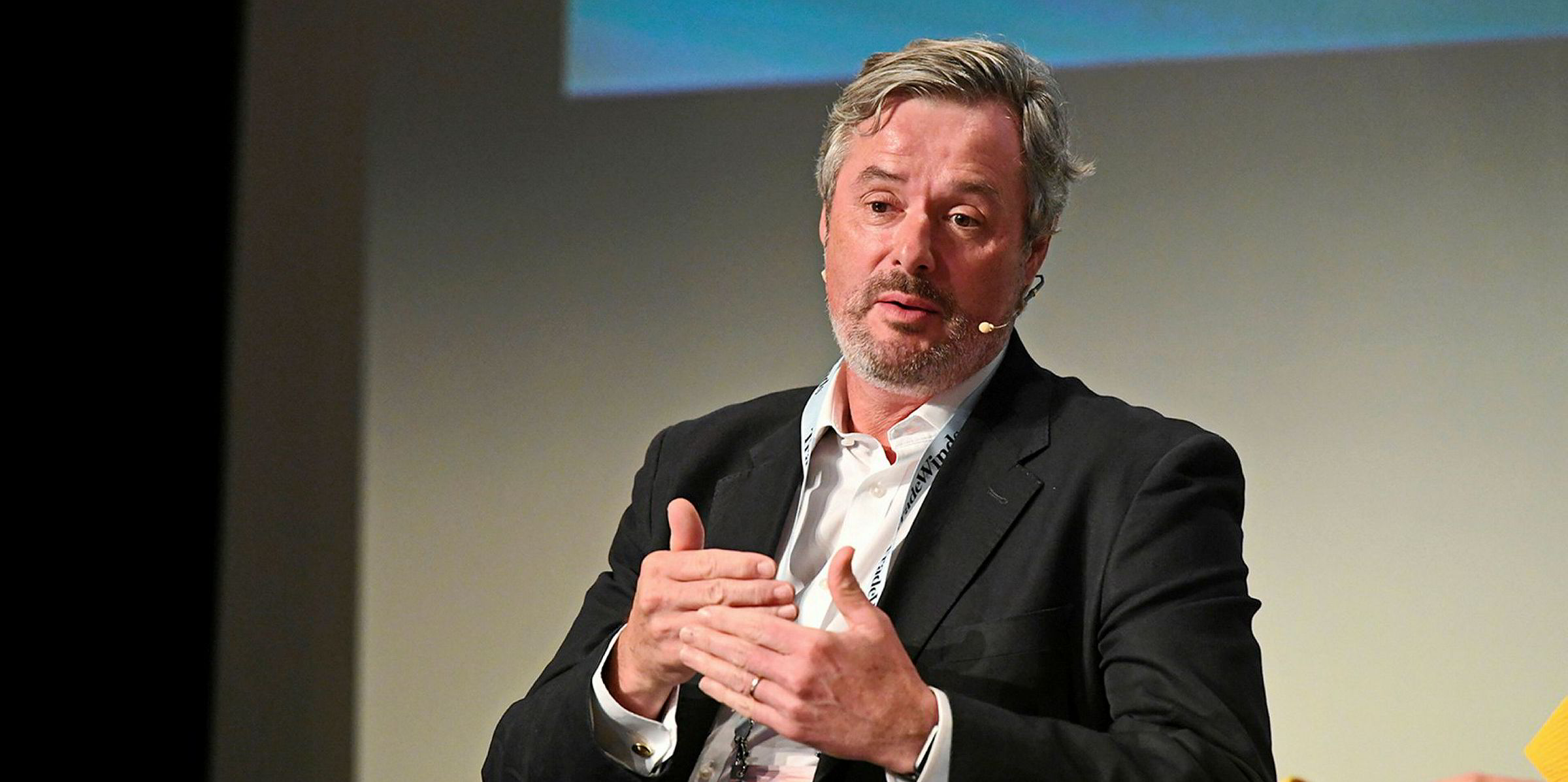
Jackson says that when the Baltic develops indices it is about creating some “thought leadership”.
“Part of the process of defining the route is also with a view to setting a standard on the way people could talk about the market — looking at how to introduce the idea of a spot market to both sides of the equation.”
Some industry players have questioned the choice of routes, with criticism levelled at the choice of Gladstone in Australia as the loadport on BLNG1 and the UK’s Isle of Grain in BLNG2 as the discharge location rather than large LNG buyer Spain.
On the latter, Jackson is quick to explain that the UK’s terminal takes cargoes when the price is right, whereas it is predominantly contract volumes that go into Spain.
“These are benchmarks,” Jackson says. As long as they are a consistent price on which slight variances can be measured, then it [the index] is doing its job.”
But Jackson stresses: “We are trying to say to people don’t reinvent the wheel. It doesn’t need to happen.”
Shipping requirements
Affinity head of LNG derivatives Benjamin Gibson, who arranged the first LNG freight derivatives contract, says clients with cargo needing a ship in the next 30-60 days can negotiate one from the spot market or take a vessel on period hire if they have a series of requirements.
But if they are trying to position themselves for spot business in three to six months’ time, this becomes more difficult.
“Structurally, there is a missing tool that allows people to fix their spot freight requirements forward,” Gibson says. “Trading an LNG FFA allows companies to manage this.”
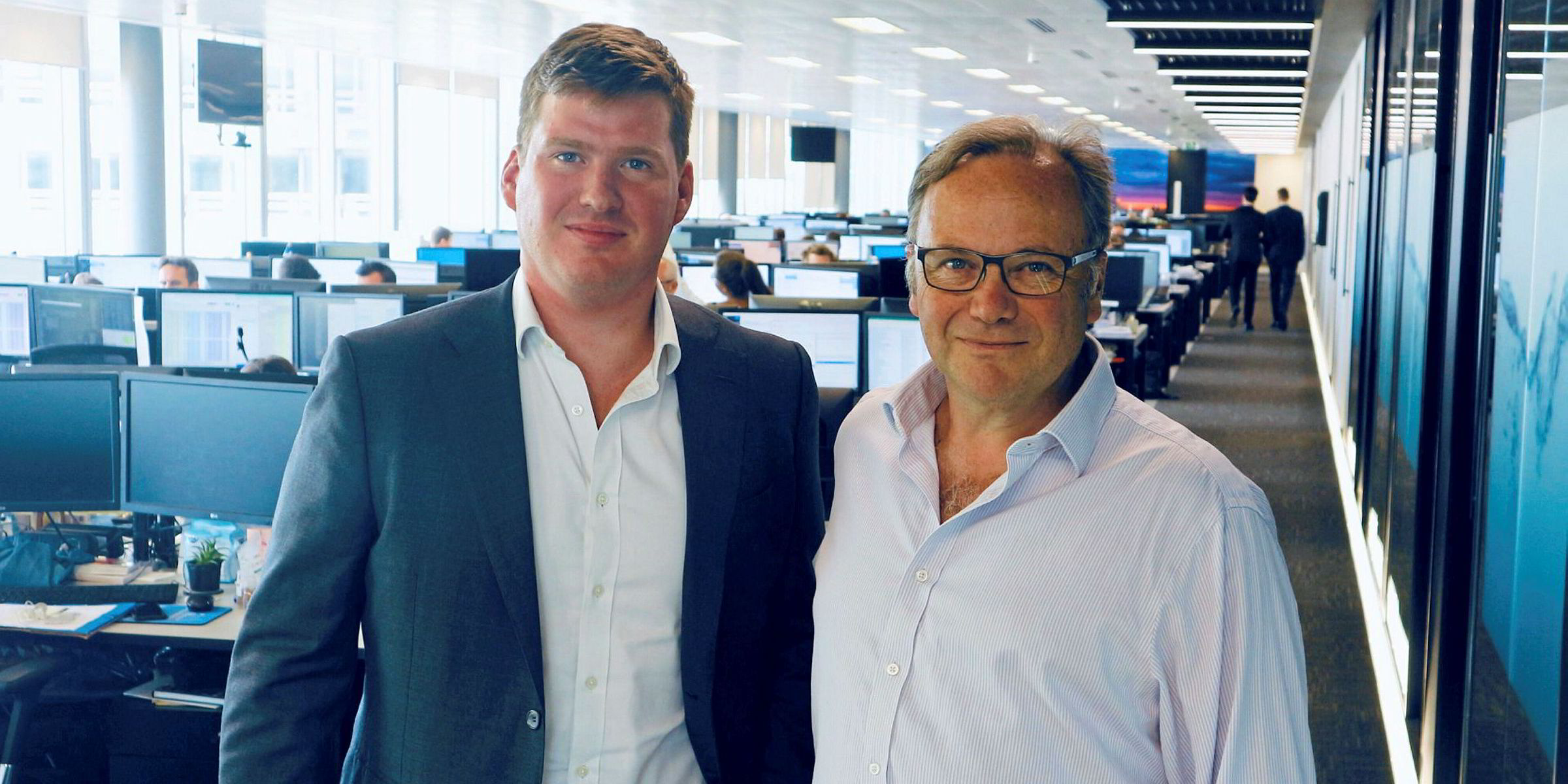
Simpson Spence Young Futures senior director Duncan Dunn says the fact that in last six months the Baltic’s LNG indices have climbed from around $20,000 a day up to $65,000 a day and more, underpins the reasons why there is a need for risk mitigation in the LNG freight market.
“It is no secret that where there is risk in freight, the forward freight agreement has been the best mitigation tool,” he says.
Dunn, an unabashed Baltic supporter and former chairman of the Baltic Exchange Council, says the need now is to find the most popular solution and admits there is a need to be open to alternatives.
“The key to the index that is going to win the battle for LNG is it has to be the one that is put together in the most compliant and transparent fashion,” he says, so the large energy companies will have full confidence in it.
Jackson says the Baltic is now engaging with shipowners, although they do not appear ready to engage as yet.
Core routes
He believes three indices are sufficient at the moment and are the core routes to concentrate on.
Jackson says the physical markets now need to understand the relationship of the indices to the actual fleet and come onboard so this can be married to futures.
“What we would like to see is the indices being referenced in the physical market.”
